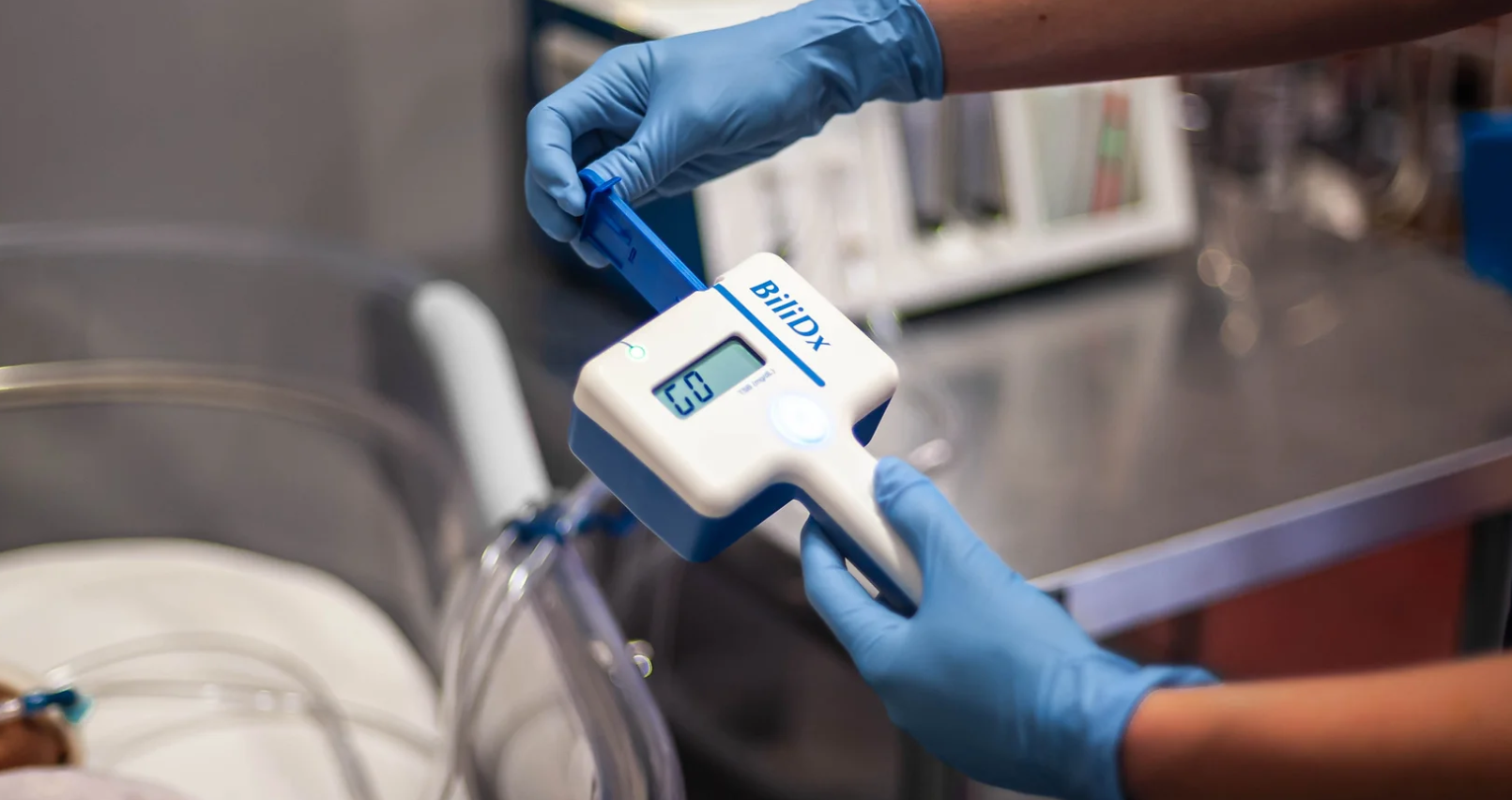Rice University bioengineers have shown that improvements made to the testing consumables for a low-cost, point-of-care test system for total serum bilirubin (TSB), an indicator of jaundice in newborns, is accurate compared to the reference standard device.
This point-of-care test provides cost-effective jaundice testing for low-resource hospitals. More than 80% of newborns develop jaundice, which if left untreated can lead to serious complications and death. With quality testing suitable for use in low-resource hospitals, clinicians can screen newborns for jaundice and administer low-cost, effective treatment.
Rice University’s original low-cost, point-of-care jaundice test (BiliSpec) was accurate (bit.ly/bilispec), but the handmade test strips proved hard to produce at scale in low-resource settings. This follow-up study evaluates the improved system design (BiliDx) that uses lateral flow cassettes to improve consumable availability.
A newly published study evaluates the accuracy of a new lateral flow cassette design (BiliDx) at two hospitals in Nigeria and Malawi, where it showed good performance for measuring TSB, including in samples with high direct bilirubin and high hematocrit. The BiliDx system with lateral flow cassettes addresses a critical gap for accurate, rapid, low-cost, POC testing for TSB in neonates in low-resource hospitals with consumables suitable for local, at-scale manufacturing.

